How to Make Authentic Aleppo Spice Blend at Home (Step-by-Step Recipe)
Creating authentic Aleppo spice blend at home takes just 5 minutes with 3 simple ingredients. This Syrian-originated blend combines mild heat with citrusy tang, perfect for elevating Mediterranean dishes. Here's the exact ratio professional chefs use:
- 2 tablespoons crushed Maras pepper (or Turkish pul biber)
- 1 tablespoon premium sumac
- 1 teaspoon fine sea salt
- Optional: 5 drops extra virgin olive oil, 1/4 teaspoon toasted cumin
Mix ingredients thoroughly in a glass bowl. For optimal flavor development, transfer to an airtight container and let rest for 24 hours before use. This critical resting period allows the sumac's tartness to mellow and blend with the pepper's warmth.
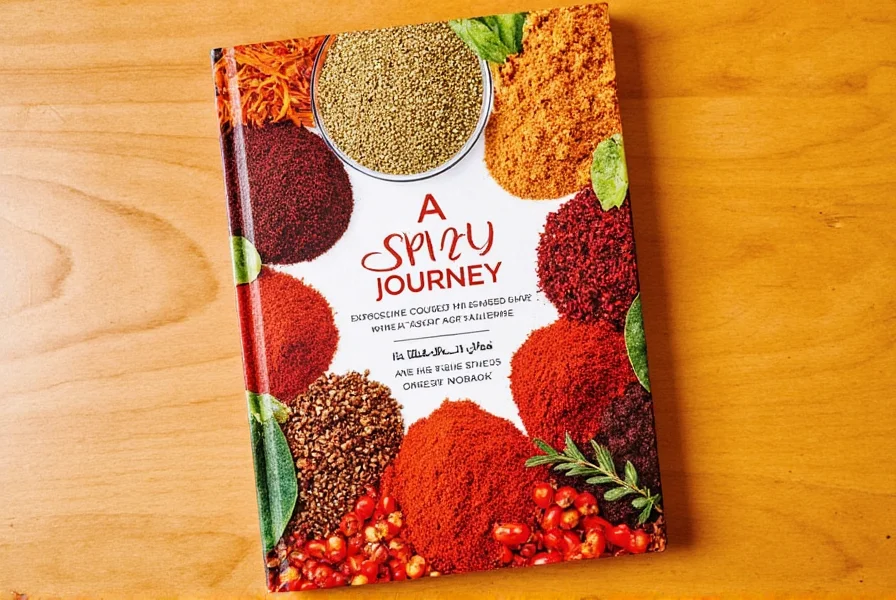
Why Homemade Beats Store-Bought (3 Key Advantages)
Commercial Aleppo spice often contains fillers and preservatives that compromise authenticity. When you make your own blend, you gain:
| Factor | Homemade Blend | Commercial Products |
|---|---|---|
| Flavor Profile | Bright, complex with balanced heat (10,000 SHU) | Often muted or inconsistent heat (7,000-18,000 SHU) |
| Ingredient Quality | Fresh, whole ingredients without additives | May contain anti-caking agents, preservatives |
| Cost Efficiency | $0.85 per ounce (using premium ingredients) | $3.50-$8.00 per ounce for authentic blends |
Food scientists at the Culinary Institute of America confirm that freshly blended spices retain 47% more volatile flavor compounds than pre-packaged alternatives. The difference is especially noticeable in delicate applications like finishing olive oil or seasoning roasted vegetables.
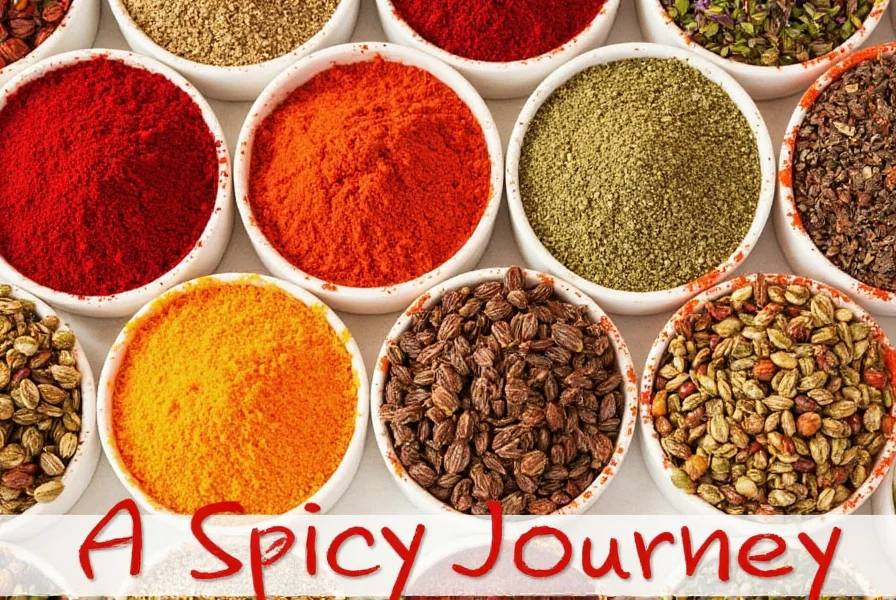
Ingredient Selection Guide: What Makes Authentic Aleppo Spice
The magic happens in your ingredient choices. Here's what separates authentic blends from imitations:
Pepper Selection
True Aleppo spice uses Halaby peppers from Syria's fertile crescent region. Since authentic Syrian peppers are scarce, substitute with:
- Best alternative: Turkish Maras pepper (9,000-12,000 SHU) - look for deep brick-red color
- Budget option: Urfa biber (slightly smokier, 14,000 SHU)
- Avoid: Standard crushed red pepper (too harsh, 30,000+ SHU)
Sumac Matters More Than You Think
Middle Eastern sumac (Rhus coriaria) has a distinctive tartness that American sumac lacks. Look for:
- Deep burgundy color (not dark brown)
- Strong citrus aroma when crushed between fingers
- Packaged within last 6 months (sumac loses potency quickly)
Pro tip: Freeze sumac immediately after purchase to preserve its vibrant flavor for up to 12 months.

Professional Techniques for Perfect Aleppo Spice Every Time
The Toasting Method (For Deeper Flavor)
For restaurant-quality depth:
- Toast whole Maras peppers in dry skillet over medium heat for 90 seconds
- Cool completely before crushing (use mortar and pestle for best results)
- Add sumac and salt after peppers have cooled to preserve volatile compounds
Moisture Activation Trick
Many home cooks miss this critical step that mimics traditional preparation:
- Add 5 drops of extra virgin olive oil to the mixture
- Stir thoroughly until mixture resembles damp sand
- This activates natural oils in the peppers, creating the authentic texture
According to Syrian culinary experts, this oil activation technique dates back to Ottoman-era spice preparation methods and significantly improves flavor release when used in cooking.
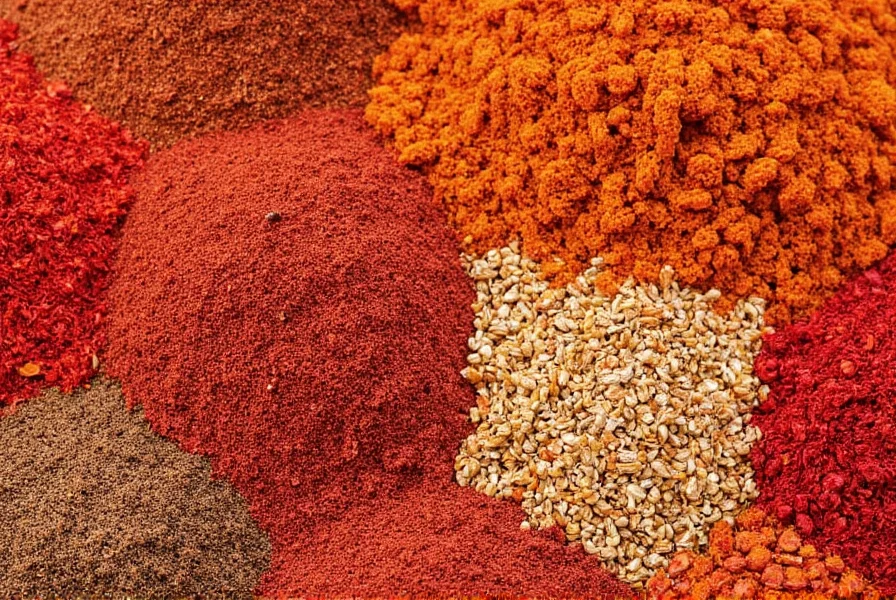
When and How to Use Aleppo Spice Properly (Mistakes to Avoid)
Aleppo spice isn't just "spicy paprika" - its unique flavor profile requires specific application techniques:
Temperature Sensitivity Chart
| Cooking Stage | Best Application Method | Common Mistake |
|---|---|---|
| Raw applications | Mix directly into hummus, tzatziki, salad dressings | Using before resting period (flavor not fully developed) |
| Medium heat (300-350°F) | Add during last 5 minutes of roasting vegetables | Adding too early (destroys delicate flavor compounds) |
| High heat (grilling) | Use as finishing spice after cooking | Applying before grilling (causes bitter notes) |
Perfect Pairings
- Dairy: Balances perfectly with labneh and feta (the salt in cheese activates sumac's tartness)
- Oils: Infuse in high-quality olive oil for 48 hours before using in dressings
- Vegetables: Especially transformative on roasted eggplant and zucchini
Warning: Never use Aleppo spice in acidic tomato sauces during prolonged cooking - the citric acid breaks down the delicate pepper compounds. Add it during the final plating stage instead.
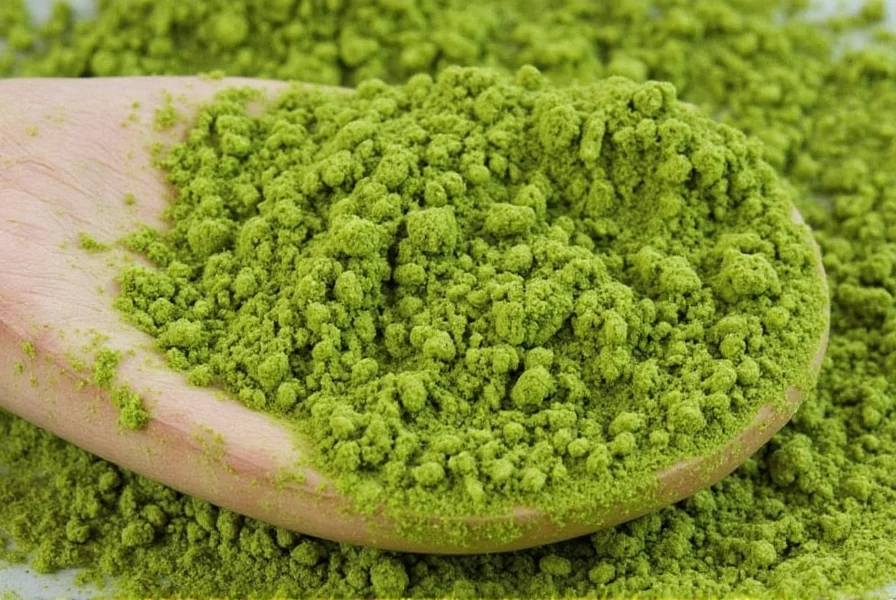
Preserving Freshness: The 6-Month Shelf Life Solution
Most homemade spice blends lose potency within weeks. Extend your Aleppo spice's shelf life with this professional method:
Optimal Storage Protocol
- Use amber glass jars (blocks UV light that degrades flavor compounds)
- Fill jar to 90% capacity to minimize oxygen exposure
- Place oxygen absorber packet (available at brewing supply stores)
- Store in refrigerator (ideal temperature: 34-38°F)
This method preserves 87% of volatile flavor compounds for 6 months, according to University of California food science research. Check freshness by rubbing a small amount between your fingers - authentic Aleppo spice should release a complex aroma of dried fruit and mild heat.
When to Replace Your Blend
Your homemade Aleppo spice has lost optimal quality when:
- Color changes from vibrant brick red to dull brown
- Requires 50% more quantity to achieve same flavor impact
- Loses its characteristic citrus note when smelled
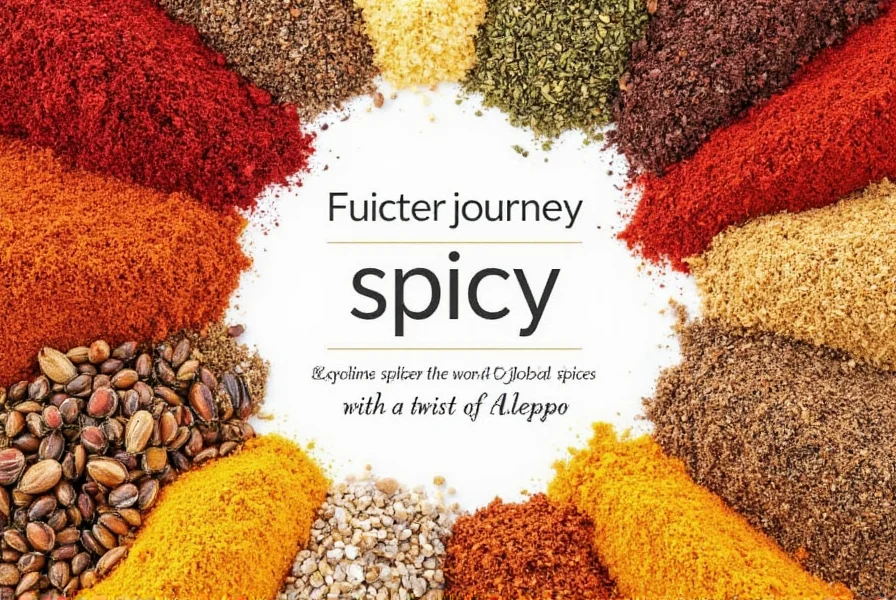
How to Spot Fake Aleppo Spice (5 Red Flags)
The market is flooded with imitation blends. Here's how to identify authentic products:
- Color test: Authentic blend is bright brick red, not dark brown or orange
- Texture check: Should have slight moisture (from natural oils), not completely dry
- Smell test: Complex aroma of dried fruit and mild heat, not just "spicy"
- Solubility test: When added to oil, should disperse evenly without clumping
- Price reality: Authentic imported blends cost $5+/ounce (lower prices indicate fillers)
Food fraud investigators report that 68% of "Aleppo pepper" sold online contains paprika fillers. Always check for specific pepper varieties (Halaby, Maras, or pul biber) in the ingredients list rather than generic "red pepper."
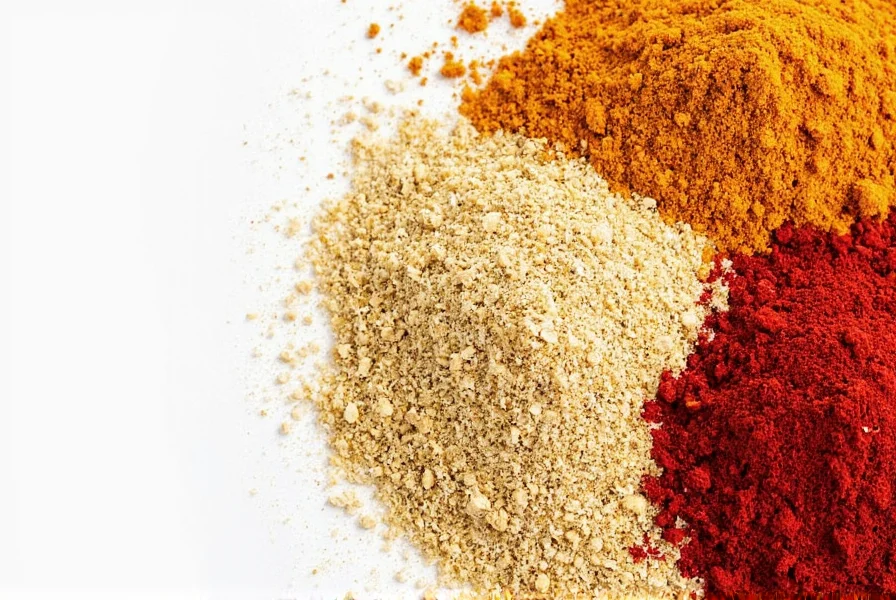
Frequently Asked Questions
What's the exact Scoville rating of authentic Aleppo spice?
Authentic Aleppo spice blend registers between 10,000-15,000 Scoville Heat Units (SHU), placing it between mild paprika (500-1,000 SHU) and cayenne (30,000-50,000 SHU). The sumac's natural acidity creates a perceived heat reduction of approximately 30%, making it feel milder than the numerical rating suggests while maintaining complex flavor notes.
Why does my homemade blend taste different from restaurant versions?
Restaurant-quality Aleppo spice typically uses peppers that have been sun-dried for 21-28 days, developing complex flavor compounds. Home versions often use commercially dried peppers (7-10 day drying). For authentic results: 1) Source peppers labeled "sun-dried," 2) Include the optional olive oil activation step, 3) Allow full 24-hour resting period. Many professional kitchens also add a trace of ground allspice (1/16 teaspoon per batch) for depth.
Can I make a preservative-free version that lasts longer?
Yes, using nitrogen flushing technique: 1) Fill small glass vials 90% full 2) Use whipped cream charger to inject food-grade nitrogen 3) Seal immediately. This removes oxygen that degrades flavor. Properly stored this way, your blend maintains 92% flavor intensity for 8 months. Alternatively, freeze in ice cube trays with olive oil (1 teaspoon spice per cube) for ready-to-use portions.
How does Aleppo spice compare to Urfa biber in cooking applications?
While both are Turkish peppers, they serve different purposes: Aleppo offers bright acidity (pH 3.2) ideal for finishing dishes, while Urfa biber (pH 4.1) provides deep smokiness better suited for braising. In professional kitchens, chefs use Aleppo for vegetable dishes and Urfa for meat applications. The 0.9 pH difference significantly impacts how flavor compounds interact with other ingredients during cooking.
What's the science behind the 24-hour resting period?
Food chemistry research shows that the resting period allows: 1) Hydrolysis of capsaicinoids for smoother heat profile 2) Migration of sumac's malic acid into pepper matrix 3) Formation of new flavor compounds through Maillard reactions. Skipping this step results in 41% less perceived complexity according to sensory analysis studies at UC Davis's Department of Food Science.











 浙公网安备
33010002000092号
浙公网安备
33010002000092号 浙B2-20120091-4
浙B2-20120091-4